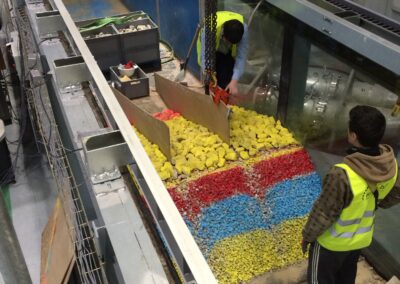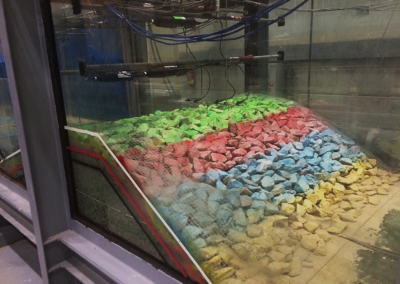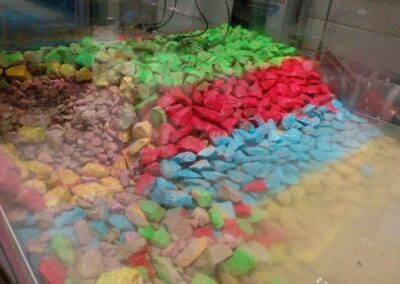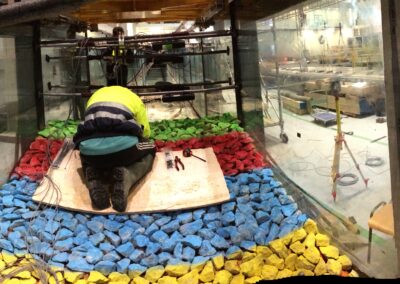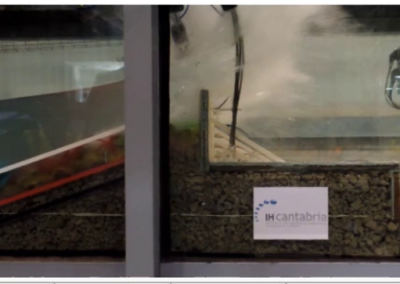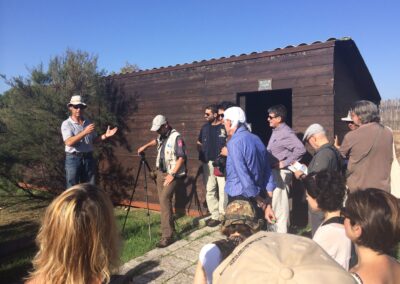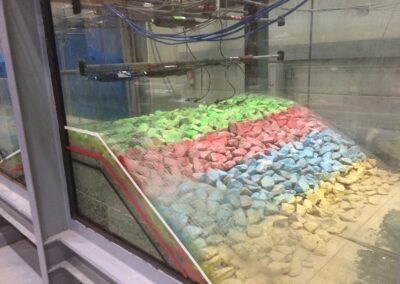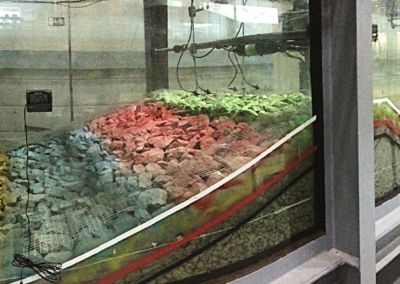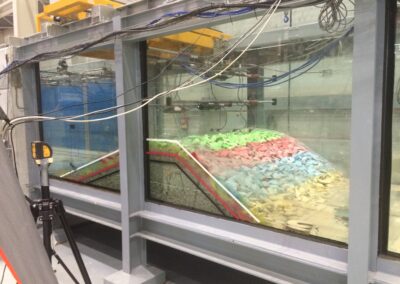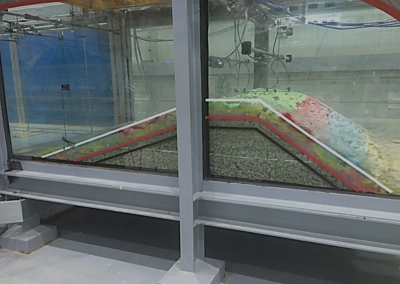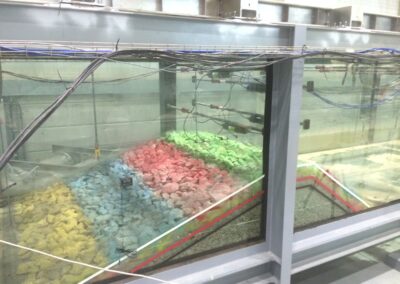ASTARTE
“Contributing to reducing the impacts caused by natural disasters.”


ASTARTE
2013 – 2018
-
The Northeast Atlantic and Mediterranean (NEAM) region is one of the regions with high tsunami exposure facing increasing levels of risk due to the continued development of coastal areas with critical infrastructure and the presence of growing tourism. Significant progress in European tsunami research has enabled the implementation of an operational infrastructure: creation of a regional system of tsunami watch providers (CTWP) and national tsunami early warning centers (NTWC). ASTARTE has facilitated the development of a strategy to help mitigate the impact of tsunamis in the region, which has led to a higher level of resilience of the coastal population and its resources. Within this framework, different pilot sites vulnerable to tsunami impact due to earthquakes, landslides and volcanic eruptions were selected, including values at risk such as buildings, industrial facilities, ports, road networks, fisheries, aquaculture and tourist areas.
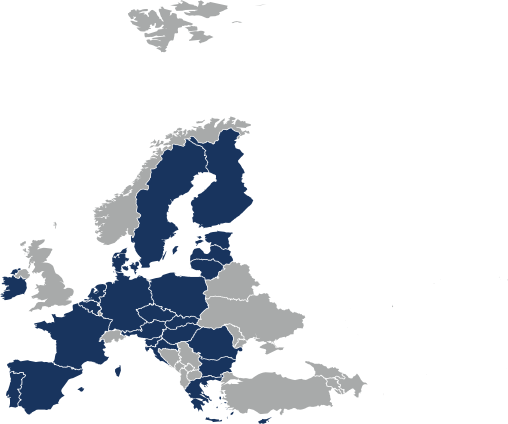
ASTARTE
2013 – 2018
The Northeast Atlantic and Mediterranean (NEAM) region is one of the regions with high tsunami exposure facing increasing levels of risk due to the continued development of coastal areas with critical infrastructure and the presence of growing tourism. Significant progress in European tsunami research has enabled the implementation of an operational infrastructure: creation of a regional system of tsunami watch providers (CTWP) and national tsunami early warning centers (NTWC). ASTARTE has facilitated the development of a strategy to help mitigate the impact of tsunamis in the region, which has led to a higher level of resilience of the coastal population and its resources. Within this framework, different pilot sites vulnerable to tsunami impact due to earthquakes, landslides and volcanic eruptions were selected, including values at risk such as buildings, industrial facilities, ports, road networks, fisheries, aquaculture and tourist areas.


CONTEXT
-
- REGION, COUNTRY: Different European territories
- CLIENT: EC – European Commission
- SOURCE OF FINANCING: EC – European Commission (FP7 Program)
- SCOPE: European
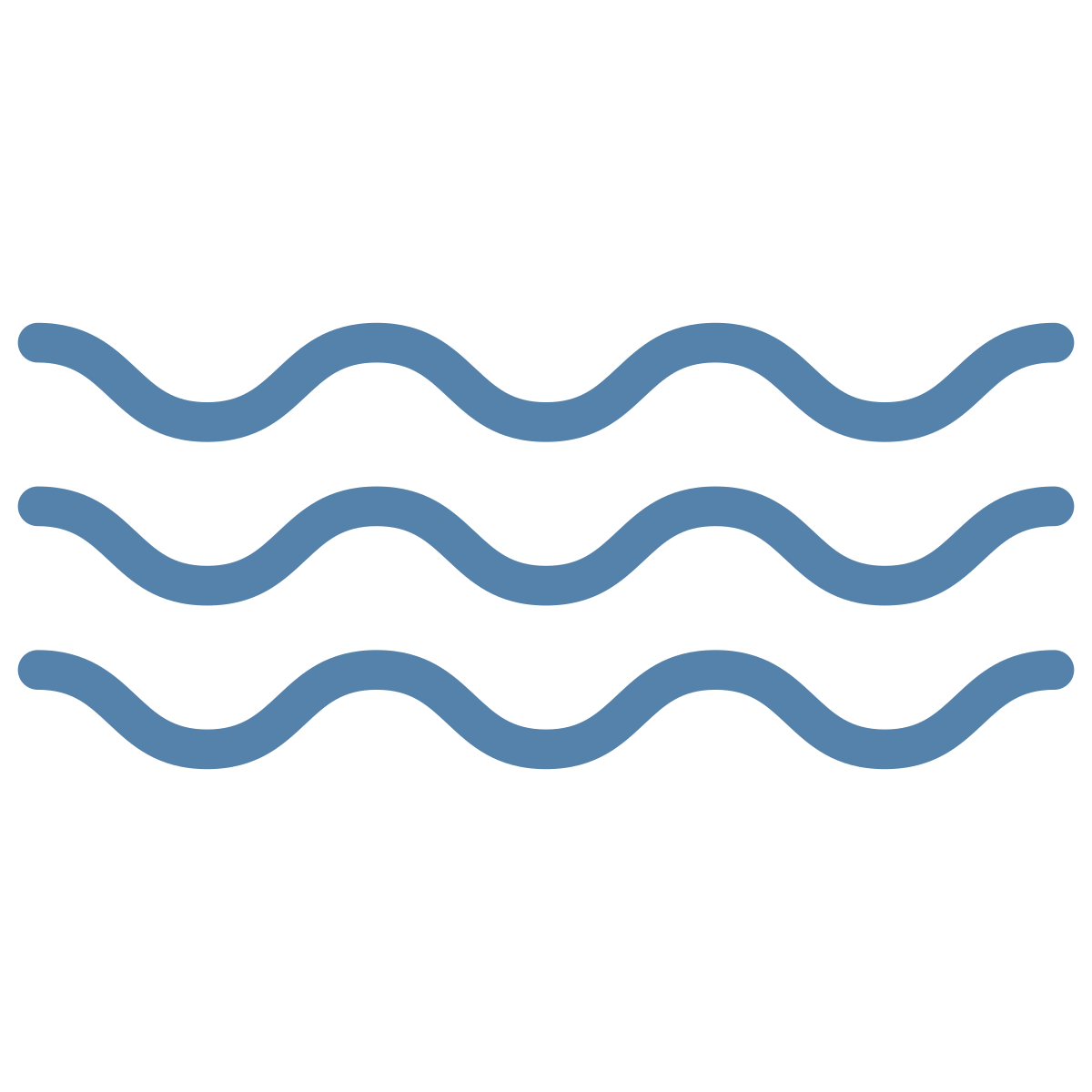
WHAT HAS MADE THIS PROJECT UNIQUE?
-
- Cooperation, alliances and partnerships for sustainability, as an interface between academic and business, local and global, public and private agents.
- Innovative management model, capable of generating a return for society that triples the public investment it receives and guarantees self-financing of over 70%.

HOW HAS IT ALIGNED WITH OUR MISSION AND VISION?
-
- Scientific collaboration and knowledge transfer, having been conceived within the framework of a consortium of experts and users in the field of disaster risk management.
- It responds to IHCantabria’s strategic vision by providing integrated management mechanisms to reduce the impact on the most vulnerable societies.

WHAT LESSONS HAVE BEEN LEARNED?
-
- Importance of being part of the group of institutions in Europe that work with tsunamis globally.
- Strengthening of IHCantabria as a priority partner in consortia focused on the tsunami field.
- Importance of the different technical aspects in this field: mathematics, oceanography and engineering in a framework of common understanding.
- Opening of a new line of research in IHCantabria, scarcely addressed by European entities or companies based on the knowledge acquired: interaction between tsunamis and structures.
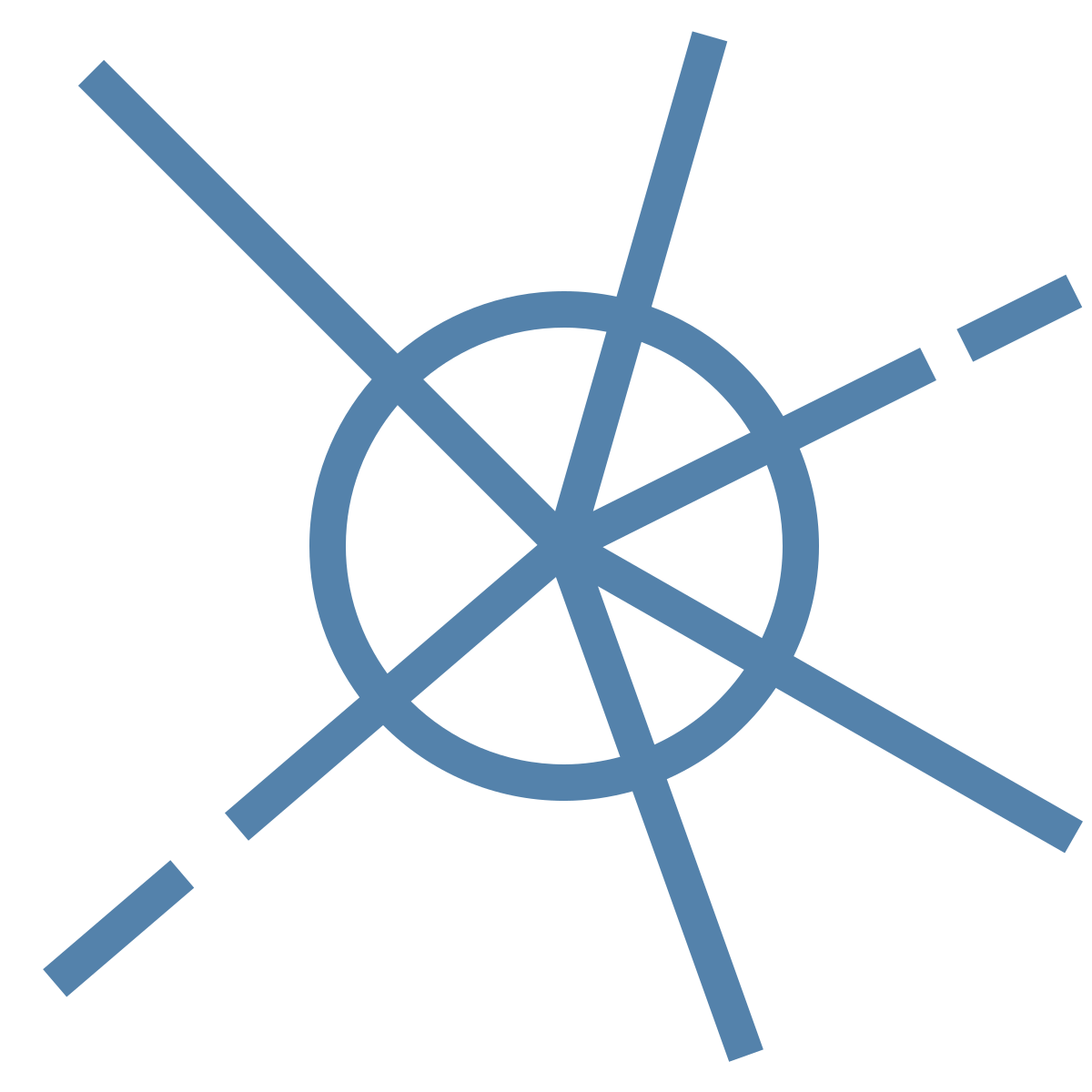
WHAT HAS BEEN THE IMPACT OF THE PROJECT?
-
- Improved knowledge of tsunami generation and development of guidelines for harmonization of information sources and support for tsunami modeling.
- Development of new numerical techniques for tsunami simulation, focusing on real-time simulation codes, novel statistical emulations and refined methods for tsunami hazard, vulnerability and risk assessment.
- Contribution to the implementation of new tsunami early warning tools.
- Development of new approaches to quantify vulnerability and risk and identify key components of tsunami resilience and their application in the NEAM region.
- More than 90 scientific publications in WoS (Web of Science) journals and about 100 presentations in international forums.

WHY HAS IT BEEN SUCH A SUCCESS?
-
- IH-Tsusy: development of a real-time tsunami propagation tool. The mobile application was awarded as the best app of the year at the annual Cantabria Digital awards in 2017:
http://tsunami.ihcantabria.com/.
- FIND: Finding Inaccessible people in Natural Disasters
(http://accessible-serv.lasige.di.fc.ul.pt/~find)
. Emergency management tool. - Tsunami-structure interaction: first time in Europe tests were carried out on the stability of breakwater dikes in the event of tsunami events, obtaining design formulations, the results of which are part of Spain’s maritime works recommendations (ROM).
- ASTARTE Pearl TANDEM Summer Campus: participation of 28 students from different countries (Greece, Turkey, Portugal, Iran, Oman, etc.), and development of a demo test of the ASTARTE FIND application, available in Android’s Playstore.
- Citizen participation: involvement of citizens of NEAM communities to assess their knowledge and attitudes on preparedness and prevention.
- IH-Tsusy: development of a real-time tsunami propagation tool. The mobile application was awarded as the best app of the year at the annual Cantabria Digital awards in 2017:

CONTEXT
CLIENT: EC – European Commission
SOURCE OF FINANCING: EC – European Commission (FP7 Program)
SCOPE: European

WHAT HAS MADE THIS PROJECT UNIQUE?

HOW HAS IT ALIGNED WITH OUR MISSION AND VISION?

WHAT LESSONS HAVE BEEN LEARNED?

WHAT HAS BEEN THE IMPACT OF THE PROJECT?

WHY HAS IT BEEN SUCH A SUCCESS?
http://tsunami.ihcantabria.com/.
(http://accessible-serv.lasige.di.fc.ul.pt/~find)
. Emergency management tool.
PARTICIPATING ENTITIES
Instituto Portugués do Mar e da Atmósfera (Portugal)
Fundaçao da Faculdade de Ciencias da Universidade de Lisboa FP (Portugal)
METU – Middle East Technical University (Turkey)
Commissariat à Energie Atomique et aux Energies Alternatives (France)
CNRS – Centre National de la Recherche Scientifique (France)
Alma Mater Studiorum, Universita di Bologna (Italy)
INGV – Instituto Nazionale di Geofisica e Vulcanologia (Italy)
UB – University of Barcelona (Spain)
Polytechneio Kritis (Greece)
NOA – National Observatory of Athens (Greece)
Universitaet Hamburg (Germany)
GFZ Potsdam – Helmholtz Zentrum Potsdam
Deutschesgeoforschungszentrum Gfz (Germany)
Universitaet Bremen (Germany)
Stiftelsen Norges Geotekniske Institutt (Norway)
UCD – University College Dublin (Ireland)
NUI Galway- National University of Ireland (Dublin)
NERC – Natural Environment Research Council (United Kingdom)
DTU – Danmarks Tekniske Universitet (Denmark)
INCDFP – Institutul National de Cercetare-Dezvoltare Pentru Fizica Pamantului (Romania)
Special Research Bureau for Automation of Marine Researches far East Branch (Russia)
CNRST – Centre National pour la Recherche Scientifique et Technique (Morocco)
U.S. Department of Commerce (United States)
PARI – Port and Airport Research Institute (Japan)
USC – University of Southern California (United States)
National University Corporation the University of Tokyo (Japan)
PARTICIPATING ENTITIES
– Fundaçao da Faculdade de Ciencias da Universidade de Lisboa FP (Portugal)
– METU – Middle East Technical University (Turkey)
– Commissariat à Energie Atomique et aux Energies Alternatives (France)
– CNRS – Centre National de la Recherche Scientifique (France)
– Alma Mater Studiorum, Universita di Bologna (Italy)
– NGV – Instituto Nazionale di Geofisica e Vulcanologia (Italy)
– UB – University of Barcelona (Spain)
– Polytechneio Kritis (Greece)
– NOA – National Observatory of Athens (Greece)
– Universitaet Hamburg (Germany)
– GFZ Potsdam – Helmholtz Zentrum Potsdam
– Deutschesgeoforschungszentrum Gfz (Germany)
– Stiftelsen Norges Geotekniske Institutt (Norway)
– UCD – University College Dublin (Ireland)
– NUI Galway- National University of Ireland (Dublin)
– NERC – Natural Environment Research Council (United Kingdom)
– DTU – Danmarks Tekniske Universitet (Denmark)
– INCDFP – Institutul National de Cercetare-Dezvoltare Pentru Fizica Pamantului (Romania)
– Special Research Bureau for Automation of Marine Researches far East Branch (Russia)
– CNRST – Centre National pour la Recherche Scientifique et Technique (Morocco)
– U.S. Department of Commerce (United States)
– PARI – Port and Airport Research Institute (Japan)
– USC – University of Southern California (United States)
– National University Corporation the University of Tokyo (Japan)

